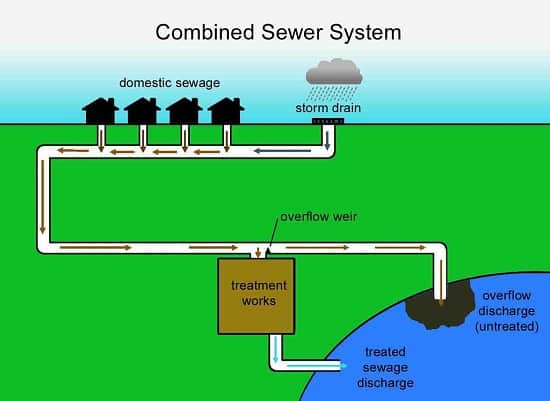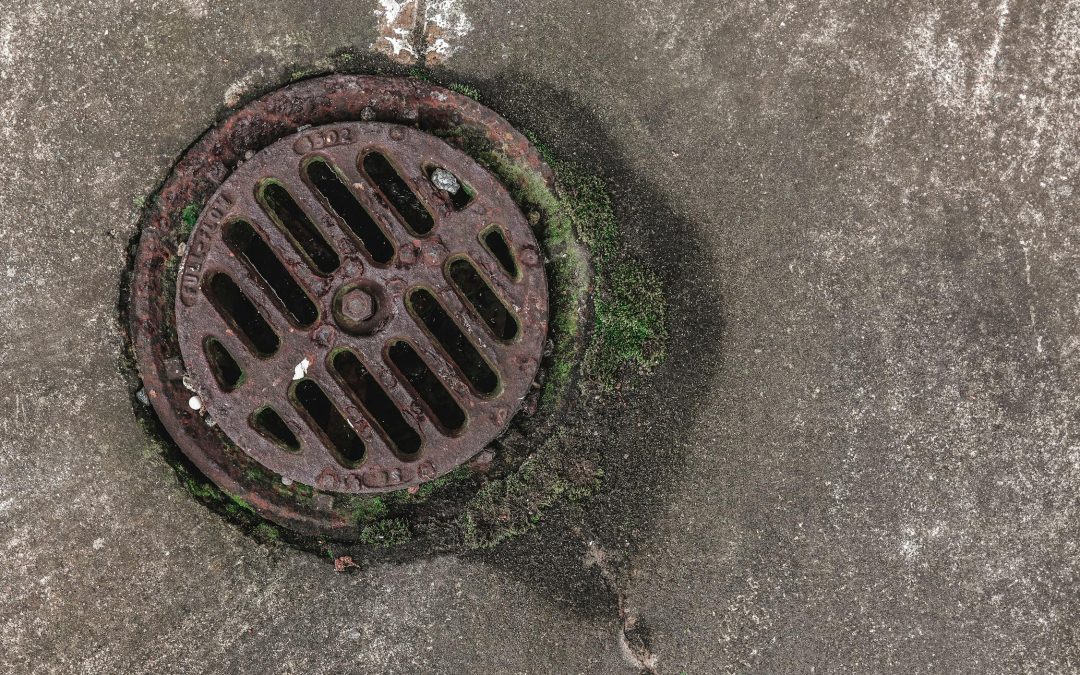Clean and efficient sewerage systems are essential for public health and environmental hygiene. This guide highlights the importance of maintaining sanitary wastewater infrastructure to prevent disease and ensure safe living conditions.

Sewerage and Hygiene: Why Clean Systems Matter
Sewerage systems are essential infrastructure that safely transport wastewater away from homes and communities, protecting public health and ensuring hygienic living conditions.
Clean and efficient sewerage systems are the unsung heroes of modern hygiene. While often hidden beneath our feet, they play a crucial role in protecting public health by safely transporting and treating wastewater. Poor sewerage management can lead to the spread of diseases, contaminated water supplies, and environmental degradation. In both urban and rural settings, ensuring hygienic conditions depends heavily on the integrity and functionality of the sewerage infrastructure. This article explores why clean systems matter and how they directly impact human well-being and public sanitation.
How do sewerage systems contribute to public hygiene and health?
Sewerage systems prevent the buildup and improper disposal of human waste, which is a major source of waterborne diseases such as cholera, dysentery, and typhoid. By efficiently removing wastewater from homes and communities, these systems minimize contact with harmful pathogens and reduce the risk of disease outbreaks. In areas without proper sewerage, open defecation and untreated waste can severely compromise public hygiene.
What are the health risks associated with poor or damaged sewerage infrastructure?
When sewer systems are clogged, broken, or poorly maintained, they can leak or overflow, releasing untreated wastewater into the environment. This can contaminate drinking water sources, flood streets and homes, and create breeding grounds for mosquitoes and other disease-carrying organisms. These conditions are particularly dangerous in densely populated or flood-prone areas, where infections can spread rapidly.
How can improved sewerage systems support hygiene in developing communities?
In low-income or developing areas, access to safe sewerage is often limited. Introducing basic sanitation infrastructure, such as community latrines and small-scale sewage treatment systems, can dramatically improve health outcomes. Educational campaigns and public investment in hygienic wastewater disposal empower communities to adopt healthier behaviors and reduce the burden of preventable illnesses.
What policies and practices ensure the cleanliness and safety of sewerage systems?
Government regulations and regular inspections are key to maintaining clean sewerage networks. These include enforcing building codes, upgrading aging infrastructure, and adopting environmentally friendly treatment technologies. Public awareness, proper waste disposal habits, and investment in skilled labor also play a role in keeping sewer systems hygienic and effective.
Conclusion
Hygiene is not just about handwashing and clean surfaces—it starts deep within our sewerage systems. When these systems function properly, they shield entire populations from dangerous waste and disease. On the other hand, neglect or underinvestment in sewerage infrastructure can compromise health and threaten environmental stability. To achieve true public hygiene, especially in growing urban and vulnerable rural areas, we must prioritize clean and sustainable sewerage systems as the foundation of safe and healthy communities.

